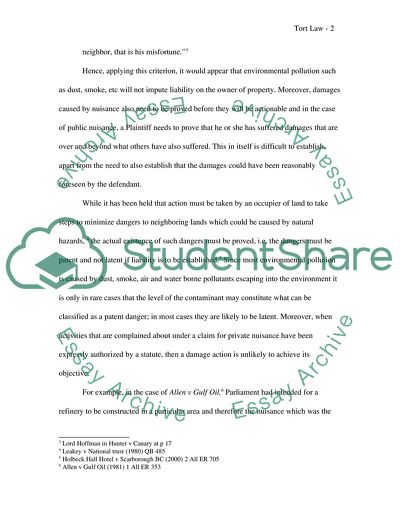Cite this document
(Different Kinds of Private Nuisances Coursework - 1, n.d.)
Different Kinds of Private Nuisances Coursework - 1. Retrieved from https://studentshare.org/law/1708872-tort-law
Different Kinds of Private Nuisances Coursework - 1. Retrieved from https://studentshare.org/law/1708872-tort-law
(Different Kinds of Private Nuisances Coursework - 1)
Different Kinds of Private Nuisances Coursework - 1. https://studentshare.org/law/1708872-tort-law.
Different Kinds of Private Nuisances Coursework - 1. https://studentshare.org/law/1708872-tort-law.
“Different Kinds of Private Nuisances Coursework - 1”. https://studentshare.org/law/1708872-tort-law.


